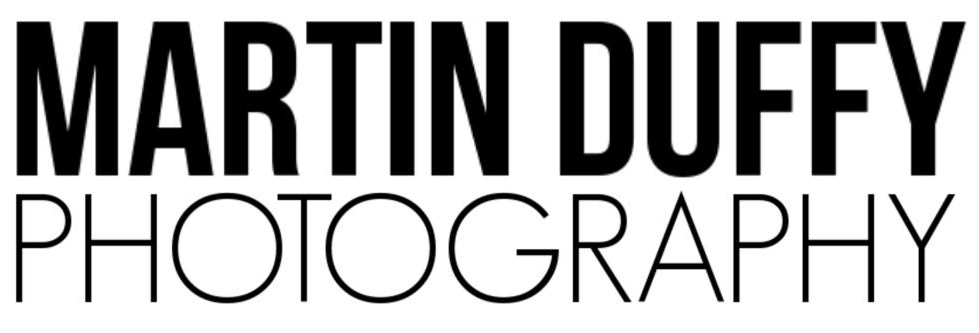How to Photograph MMA Events
Photographing MMA events presents unique challenges and opportunities for capturing high-energy moments and raw emotions. This comprehensive guide will cover essential tips and techniques to help you capture stunning images of MMA fights, ensuring your shots are as powerful as the action in the cage.
The Cage-Side Advantage
Securing a cage-side position is essential for capturing the best shots. This proximity allows you to immerse yourself in the action and capture the intensity and energy of the fights. Establish connections with local MMA gyms, promoters, and event organisers to gain access. Networking is key, as building relationships can provide you with opportunities to get closer to the action.
Gear Up: Your Camera Arsenal
For MMA photography, having the right gear is crucial. I pack my Sony A7III and Sigma Art 2.8 24-70mm. The 24-70mm is used for 90% of my boxing and MMA photography, covering most focal lengths needed ringside. The wider lens is for venue shots or close-ups, and the longer lens for shooting from other vantage points. Also, pack plenty of batteries and memory cards—boxing events can result in thousands of images. A neck strap is also essential for safety.
Additionally, consider carrying a monopod to stabilise your shots, especially during long events. Lens hoods can also be beneficial in managing lens flare from harsh lighting.
On Location
Arrive early to get acquainted with the venue and its lighting conditions. Introduce yourself to the fighters, coaches, and event staff. Testing your equipment and adjusting your settings according to the environment will ensure you’re ready to shoot when the action starts. Practising different shooting points around the venue is crucial to understanding technical challenges and vantage points.
Take note of the event schedule and plan your shooting positions accordingly. Understanding the sequence of fights can help you anticipate key moments and positioning.
Camera Settings That Pack a Punch
To capture lightning-fast punches and the sweat on fighters' brows, the right camera settings are paramount. Set a high shutter speed to freeze the action (1/500 to 1/800). Adjust your ISO to cope with the often challenging lighting conditions (capped at 12,800), and fine-tune your aperture (f/4) for the right depth of field. I use manual mode, burst mode (high rate), and continuous focus. Experiment with exposure compensation and focus points to get sharp, well-exposed shots.
Using the camera's tracking autofocus mode can help maintain focus on the fighters even as they move rapidly. Shooting in RAW format is advisable for greater flexibility in post-processing.
Mastering the Cage
Understanding the layout of the cage is crucial. Different positions offer various angles and perspectives. Move around the cage to find the best vantage points, and be prepared to shoot through the cage mesh to get unobstructed views of the fighters. Using a wide aperture can help blur the mesh, making it less intrusive in your photos.
Consider the height of the cage and the position of the lights when choosing your shooting spots. Sometimes, shooting from a slightly elevated position can give you a clearer view of the action without obstruction.
The 2 images below show a typical cage set-up with a nicely placed platform to stand on and shoot down into the cage.
